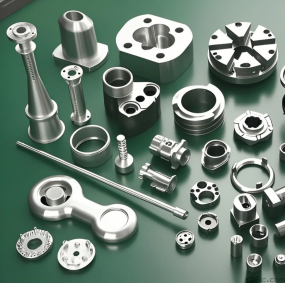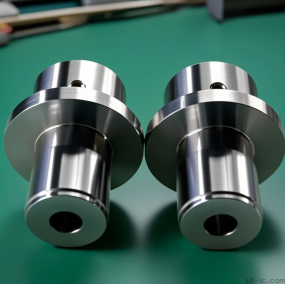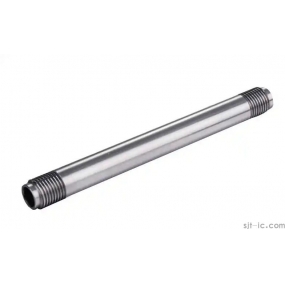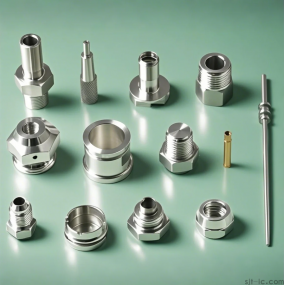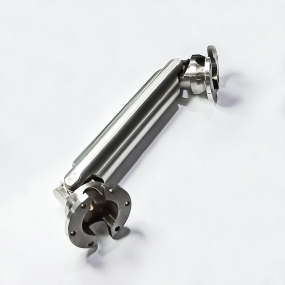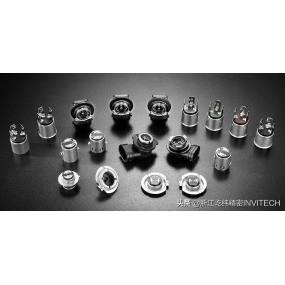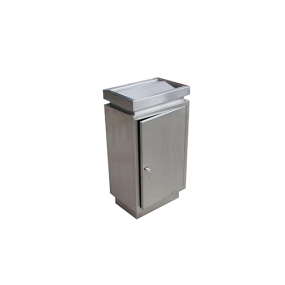Hey there, fellow engineers and procurement pros! 👋 Have you ever opened the CNC machine door, expecting a perfect stainless steel pipe, only to find it slightly bent or warped? 😩 It's frustrating, right? You're not alone. This tiny deformation can scrap a part, delay a project, and blow up the budget. So, what can you do when your stainless steel pipes keep deforming during CNC Machining? Let's dive into some practical fixes that I've gathered from the shop floor.
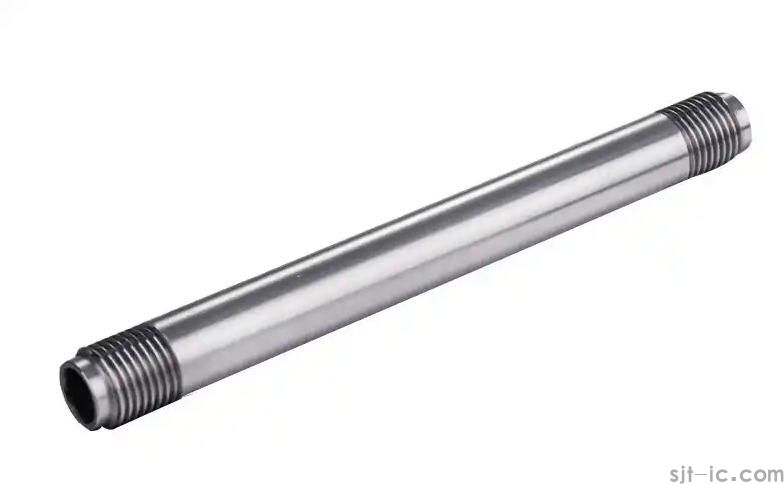
Why Do Stainless Steel Pipes Warp So Easily? 🤔
First things first, we need to understand the enemy. Stainless steel is tough, but that very toughness makes it a pain to machine. When the CNC cutter bites into the metal, it generates a lot of heat and pressure. The pipe, especially if it's thin-walled, can't always handle this stress evenly, leading to bending or twisting. It's like trying to carve a detailed design on a soda can – you have to be incredibly gentle and precise. The material's internal stresses might also get released during cutting, adding to the problem.
Smart Fix #1: Rethink How You Hold the Pipe
This is probably the first thing I check when I see deformation. The classic vise or chuck might be squeezing the life out of your part.
- ✅ Use Soft Jaws: Custom-machined soft jaws that match the pipe's outer diameter can grip it firmly without biting in and causing dents or stress points.
- ✅ Support, Support, Support: For longer pipes, use a tailstock or a steady rest. This provides an extra point of contact, preventing the pipe from sagging or vibrating under the cutting force. It's a simple move that makes a huge difference.
✅ Distribute the Pressure: Sometimes, a wider clamping area can help spread the force more evenly. Think of it like lying on a bed of nails versus a single nail.
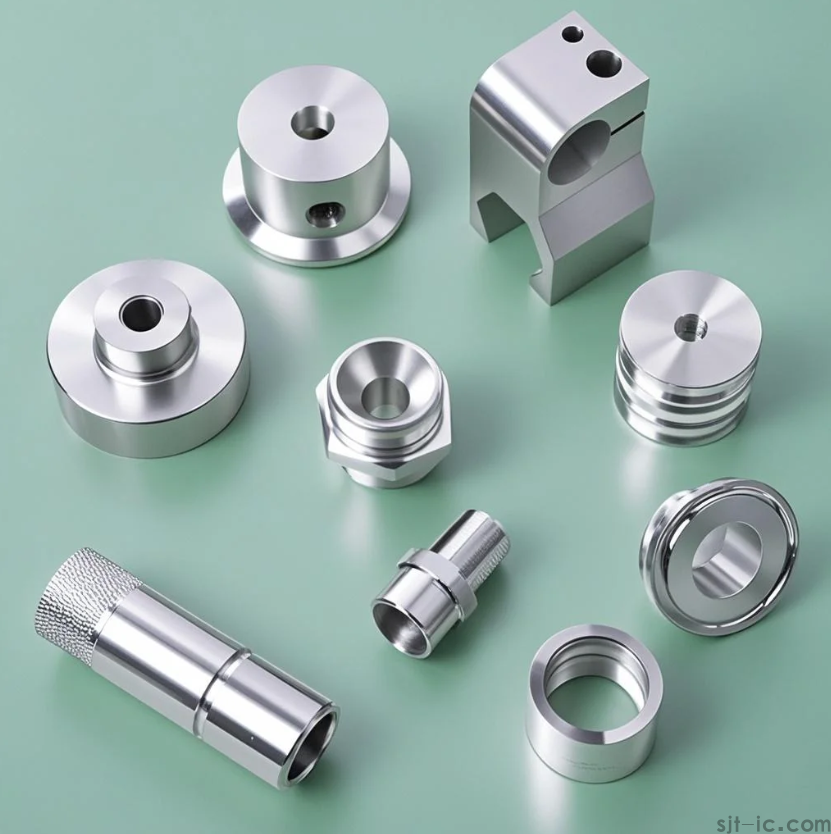
Smart Fix #2: Tame the Heat with Your Cutter
The cutting tool is where the magic (or the disaster) happens. Heat is the main villain here.
- ✅ Sharp Tools are Non-Negotiable: A dull tool doesn't cut; it rubs and smears the metal, generating massive heat. Use sharp, specialized tools for stainless steel and replace them before they get too worn. I can't stress this enough.
- ✅ Find the "Sweet Spot" for Feeds and Speeds: Running the spindle too fast can overheat the material, while going too slow can work-harden the surface. It's a delicate balance. A higher feed rate with a moderate speed can sometimes help carry heat away with the chip. You'll need to experiment a bit here.
- ✅ Coolant is Your Best Friend: Use plenty of it! A good flood coolant doesn't just keep things cool; it also lubricates and helps wash away chips that could scratch the surface or interfere with the cut.
Although these strategies are widely recommended, the exact interaction between tool geometry and material grade on heat generation is something I'm still trying to fully wrap my head around. It seems there's always a new variable in play.
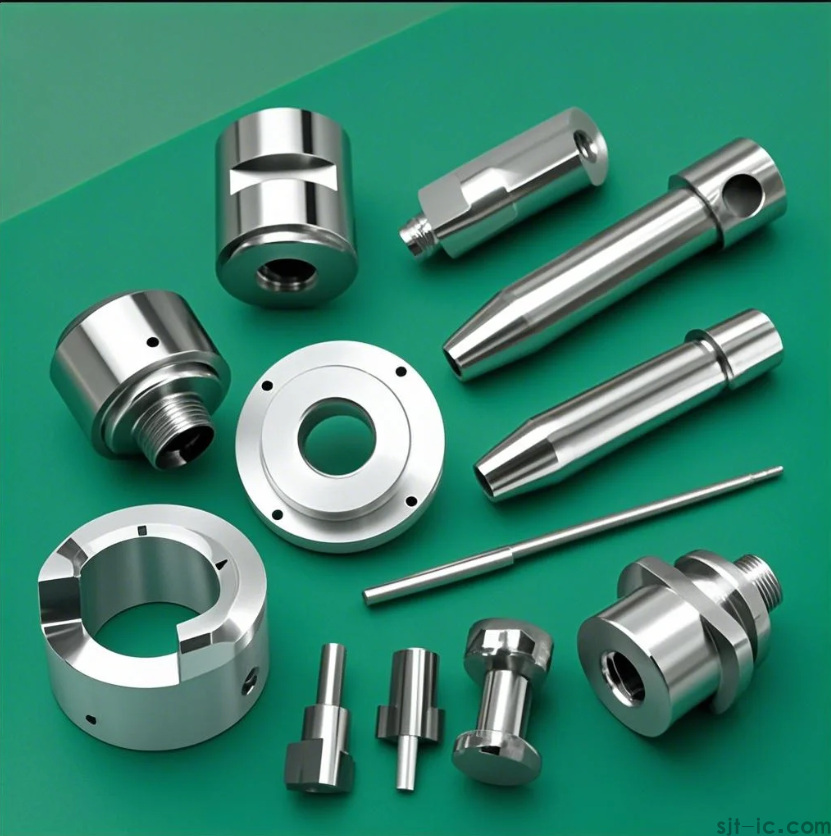
Smart Fix #3: The "Step-by-Step" Machining Strategy
Trying to remove all the material in one go is a recipe for disaster. It's like trying to dig a big hole with one giant scoop – you'll likely break your shovel.
- ✅ Take Multiple Light Cuts: Instead of one deep cut, take several lighter passes. This reduces the cutting force and heat in any single step, giving the material less reason to distort.
- ✅ Roughing and Finishing: Use a roughing strategy to quickly remove the bulk of the material, leaving a small amount (like .5mm) for a final, clean finishing pass. This finishing pass can clean up any minor movement from the roughing stage.
- ✅ Symmetry is Key: If you're machining features on opposite sides, try to do it symmetrically. Machine a bit on one side, then a bit on the other, to balance out the stresses. It's a bit more work on the programming side, but it pays off in straight parts.
Perhaps this approach suggests that the key to stability isn't brute force, but a more patient, balanced method. It's not about fighting the material, but working with it.
A Final Thought from the Workshop
Dealing with deformation is often less about one magic bullet and more about a combination of little tricks. The material itself, the specific CNC machine's rigidity, and even the time of day can play a role – okay, maybe not the time of day, but you get the point! It's a holistic process. Sometimes, the best solution involves talking to your material supplier about the pipe's initial stress state, a factor that's often overlooked. The bottom line is, with careful planning and attention to these details, you can turn a warped nightmare into a straight, perfect part, every single time. 🎯


 Spanish
Spanish Arabic
Arabic French
French Portuguese
Portuguese Belarusian
Belarusian Japanese
Japanese Russian
Russian Malay
Malay Icelandic
Icelandic Bulgarian
Bulgarian Azerbaijani
Azerbaijani Estonian
Estonian Irish
Irish Polish
Polish Persian
Persian Boolean
Boolean Danish
Danish German
German Filipino
Filipino Finnish
Finnish Korean
Korean Dutch
Dutch Galician
Galician Catalan
Catalan Czech
Czech Croatian
Croatian Latin
Latin Latvian
Latvian Romanian
Romanian Maltese
Maltese Macedonian
Macedonian Norwegian
Norwegian Swedish
Swedish Serbian
Serbian Slovak
Slovak Slovenian
Slovenian Swahili
Swahili Thai
Thai Turkish
Turkish Welsh
Welsh Urdu
Urdu Ukrainian
Ukrainian Greek
Greek Hungarian
Hungarian Italian
Italian Yiddish
Yiddish Indonesian
Indonesian Vietnamese
Vietnamese Haitian Creole
Haitian Creole Spanish Basque
Spanish Basque

